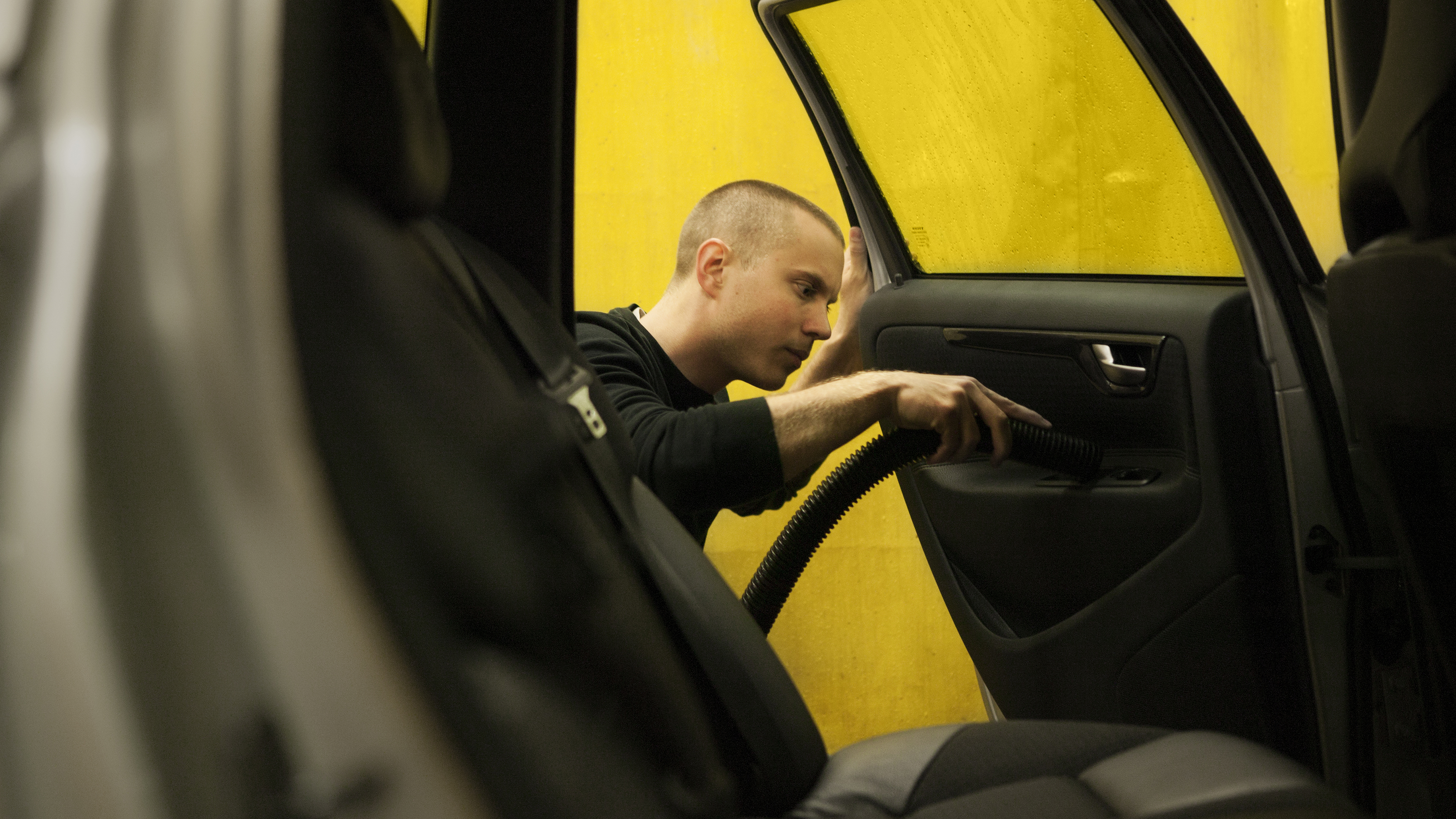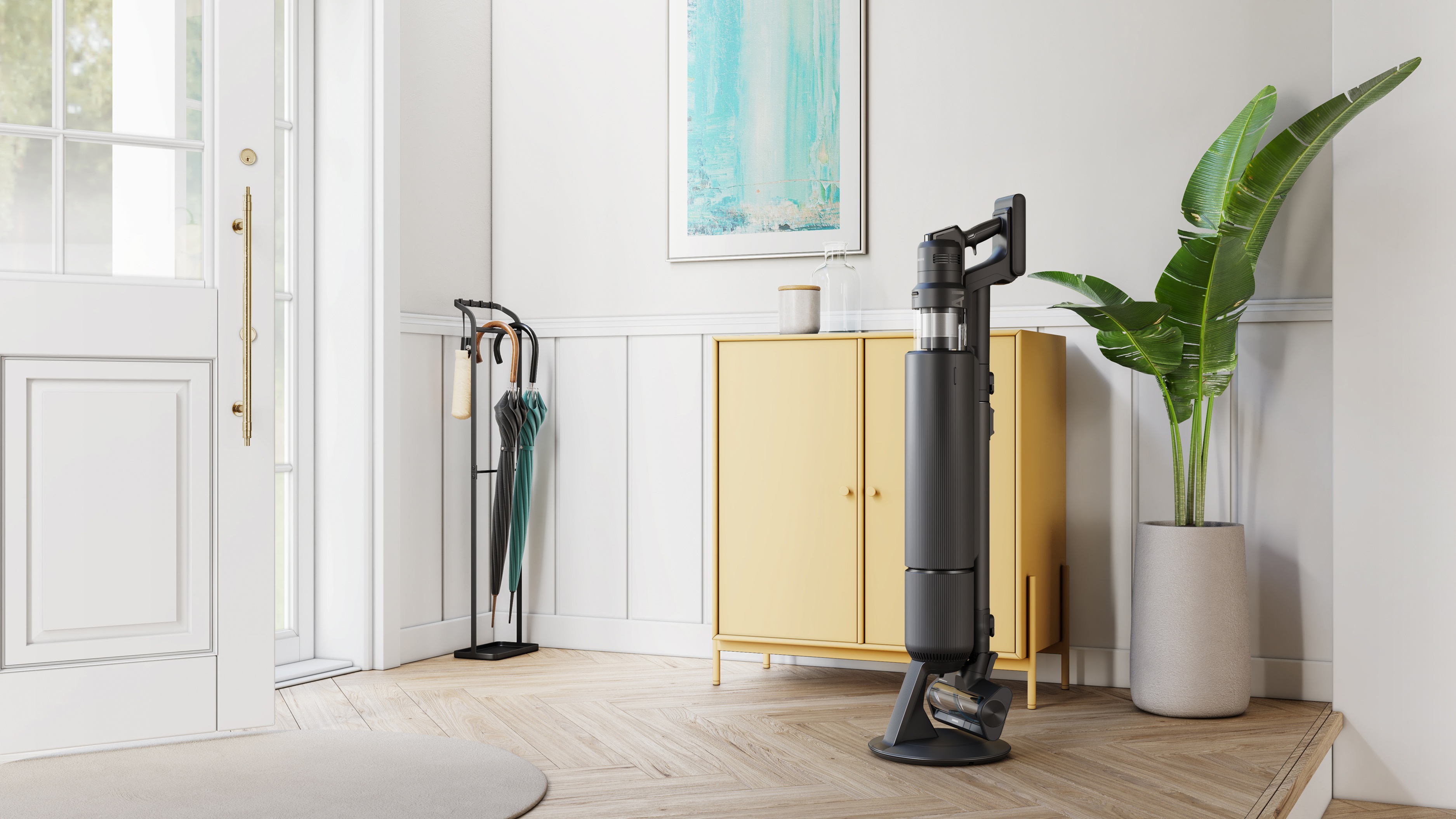

We all know a bucket, sponge and a bit of elbow grease can work wonders on a car’s exterior, but how many drivers bother to put as much effort into the interior carpets?
We’re willing to bet the carpets are some of the most overlooked parts of a car when it comes to cleanliness. After all, they are usually dark in color and don’t show up dirt as quickly as the gleaming paintwork, crystal-clear windows and shiny alloy wheels.
But the carpets can get pretty dirty with regular use, and unlike the exterior, there’s nowhere for dirt to go. So while it’s mostly out of sight, you should give your vehicle’s carpets a good clean, at least once in a while.
Thankfully, you don’t need any professional equipment, apart from maybe one of the best car vacuums, to make your carpets look factory-fresh.
Here is the T3 guide to cleaning the carpets of your car.
1. Tidy up
First, give your car a good clear out. Remove anything that doesn’t need to be there, take out the floor mats, and reach down under the seats and into every crevice to remove all driving detritus. You never know, you might discover a few lost coins and an old bottle cap in the process.
Put the floor nats to one side for now, as we can come back to those later. For now, we’ll focus on the carpet itself.
Sign up to the T3 newsletter for smarter living straight to your inbox
Get all the latest news, reviews, deals and buying guides on gorgeous tech, home and active products from the T3 experts
2. Vacuum
A cordless vacuum is going to be your best friend here, especially if it compact and has different accessories for tucking into the smallest of places.
You can buy a vacuum made specifically for cleaning a car, which colour be useful to keep in your garage if you plan on keeping your car showroom clean for most of its life. You can check out T3's guide to the best car vacuum for our recommendations. If you clean your car's carpets once a year, then take your home vacuum out to the car, even if that means running an extension cable from your front door.
You might be surprised just how much dirt you vacuum out of the carpet, especially if your car is used regularly. The driver’s footwell is likely to be the worst area, so makes sure you spend time sucking up everything your shoes have deposited under the pedals.
3. Shampoo
Just like the carpet in your home, when deep-cleaning the carpet of your car you’ll need some shampoo. When buying shampoo for your car carpet, be aware that many exterior cleaning products are also called shampoo.
Most of the big car cleaning brands sell carpet shampoo, so feel free to go with your favorite whether it be Auto Glym, Turtle Wax or someone else. These shampoos usually come in a spray bottle and work to clean, freshen and deodorise the carpet to help improve the way it looks and remove unpleasant smells.
They can also be used to remove stains – just apply more shampoo and an extra helping of elbow grease – and they work on fabric seats too. If you have leather seats, then stick to a leather polish for those.
Apply the shampoo as per the manufacturer’s instructions, and dilute it if required, then use a stiff brush to work the formula into the carpet, using extra effort to remove stains.
As an alternative to shop-bought cleaning products, you can create your own stain-removing formula at home using hot water, a small amount of dish detergent and a cup of white vinegar.
4. Removing grease, drink stains and vomit from a car carpet
If tackling stains caused by drinks, especially coffee and sugary drinks, first use cold water to dilute the stain, then blot with a paper towel.
Grease stains are a common blight on car interiors. To remove them from carpets use a small amount of paint thinner with a cotton cloth and scrub in a circular motion, then blot with a paper towel to remove the excess. Be careful though, as paint thinner can fade the colour of your carpet, so only use very small amounts to remove grease stains.
Vomit is one of the most difficult stains to remove from a carpet, but it isn’t impossible. The key is always to act quickly and use a bottle of carbonated water and a damp cloth, with the bubbles helping to lift the stain before it has a chance to dry deep into the carpet. To remove any lingering odor; mix equal parts water and bicarbonate of soda (baking soda), apply to the stain then leave for 10 minutes before scribbing lighting then blotting with a towel.
5. Remove excess
Be careful not to apply too much cleaner, and not to use excessive amounts of water, as it will take much longer to dry and potentially encourage the growth of mould that could further harm interior fabric. On older vehicles, this could also lead to rust developing on the floor and sills.
Once you have finished cleaning the carpet, use a cloth or towel to mop up any excess shampoo and water, ensuring the carpet is as dry as you can manage by hand.
6. Floor mats
While the carpet begins to dry it’s time to tackle the floormats. These often feature a similar material to the carpet, so you can simply repeat the earlier process with your shampoo of choice and a stiff brush.
If your floormats contain rubber sections then you should use a separate interior cleaner on those parts. Again, brands like Auto Glym sell dedicated spray-on products for interior plastics. You should also clean the underneath of the floor mats, too, then hang them up to dry.
7. Drying
After removing as much water and cleaning products as possible by hand, all that’s left to do is leave the carpet to dry by leaving the doors open for as long as it takes. Ideally, you’ll want to do all this on a warm day, so air-drying can be completed in an hour or two. Leaving a car to air out also helps to remove odor. Obviously, you should not leave your car unattended with its doors open.
Liked this?
Best dash cam: top car dash cams tried and tested
Alistair is a freelance automotive and technology journalist. He has bylines on esteemed sites such as the BBC, Forbes, TechRadar, and of best of all, T3, where he covers topics ranging from classic cars and men's lifestyle, to smart home technology, phones, electric cars, autonomy, Swiss watches, and much more besides. He is an experienced journalist, writing news, features, interviews and product reviews. If that didn't make him busy enough, he is also the co-host of the AutoChat podcast.
-
 Garmin’s on a mission to update your wrist into oblivion as 100+ tweaks land on Fenix and Enduro watches
Garmin’s on a mission to update your wrist into oblivion as 100+ tweaks land on Fenix and Enduro watchesThe latest beta update looks comprehensive
By Matt Kollat Published
-
 5 reasons you should be excited about the brand new Samsung Bespoke AI Jet Ultra
5 reasons you should be excited about the brand new Samsung Bespoke AI Jet UltraNot sure if it’s obvious... but I can't wait to try it
By Lizzie Wilmot Published